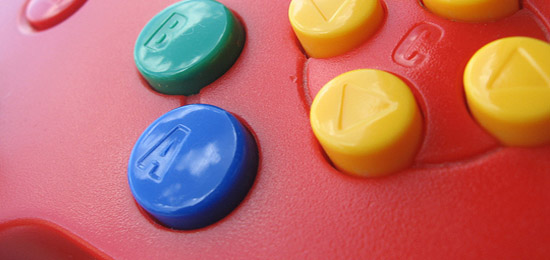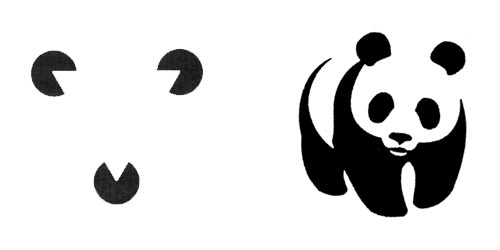A blog without images is like an ocean without water. You might have the beach, but you won’t have the beauty of the crashing waves. On average, articles containing relevant images have 94 percent more views than articles without images, according to an infographic by MDG Advertising. To make an impact through the images on your blog, you’ll need to understand three basic psychological principles that determine what kind of effect a graphic or a photograph will have on your visitor.
Color Theory

Basics Behind Color Theory For Web Designer
We’ll start with the basics—color theory. The colors used in images will impact the way your readers feel when browsing your blog. A graphic design lifestyle blog, YouTheDesigner, shares that colors can help create a connection. When choosing an image or graphic for a blog post make sure its main color represents the mood you want to invoke. For instance, if you own a family and home blog, you’ll want to generously use the color yellow, which promotes happiness, optimism and warmth. For those whose blog is about beauty with a target audience of teenage girls, the obvious color to use is pink; however, purple is also a great choice because it embodies the ideas of luxury and royalty. On the other hand, minimalist blogs on serious topics would do well choosing white, black or a muted blue.
Finally, when applying color theory to your blog, keep in mind cultural backgrounds; a color might mean something completely different to someone outside the U.S. For example, the color of mourning varies greatly in different parts of the world from black to white to red, purple and even yellow. Consider doing some research if your blog’s audience is from a different country.
The Gestalt Principles
Design Principles: Visual Perception And The Principles Of Gestalt
Bloggers familiar with The Gestalt Principles will have a better chance of choosing appropriate images for their content. The six principles under this theory are: similarity, continuation, closure, proximity, figure or ground and symmetry and order. Similarity refers to objects that look similar to one another and create a pattern or group. The continuation principle involves a line, path or curve that brings the focus to a specific part of an image. Closure takes advantage of human’s natural instinct to see closed shapes. This effect can be seen in the World Wildlife Fund logo, says Creative Bloq. Proximity, or grouping, is the arrangement of elements to create a single unit while figure or ground is the purposeful action of separating images through contrast. Finally, symmetry and order refers to a harmony of shapes and colors that produce a balanced graphic or photo.
Social Influence

How Bad Image Choices Can Threaten Your Blog’s Success: 9 Ways to Do it Better
The images used in your blog are not limited to only influencing emotions. Social influence can also impact actions, says 3.7 Designs. When choosing a photo or image for an article consider the result you want. Do you want readers to comment? Then use the principle of reciprocation, which encourages viewers to return a favor. If you’d like to become an expert in your field, use images to embody authority or power.
Additionally, because a strong image can tell a story, states The Huffington Post, choose one that creates an emotional association to your writing. Just like your article communicates something to your reader, you want your accompanying image to do the same. Certain images, such as a photo or video of fire, can imply force, passion or rage. However, an image of water can bring to mind rejuvenation or purity. Once you’ve found the perfect image for your blog post, you’ll want to make sure it’s also eye-catching. But what is eye-catching? An infographic from Iconic Displays states that eye-catching images have symmetry and are made up of complementary colors and bold shapes.
